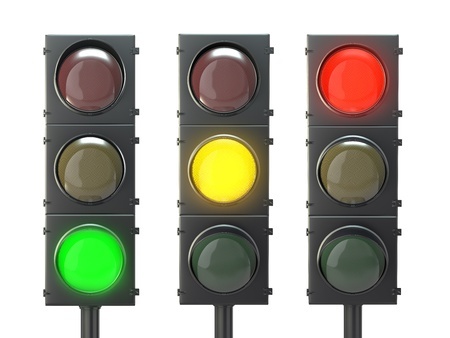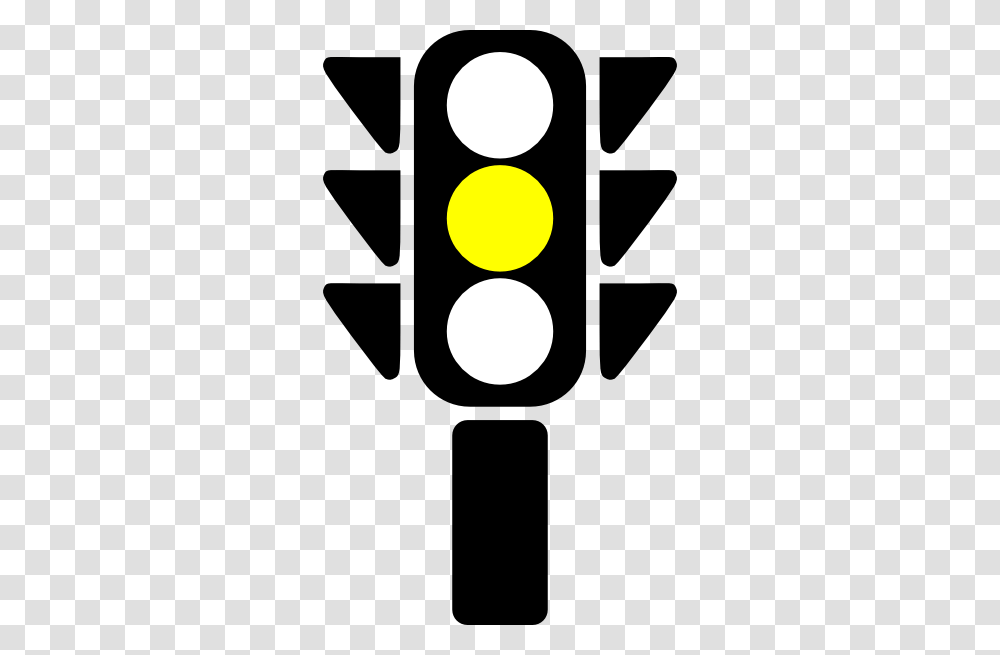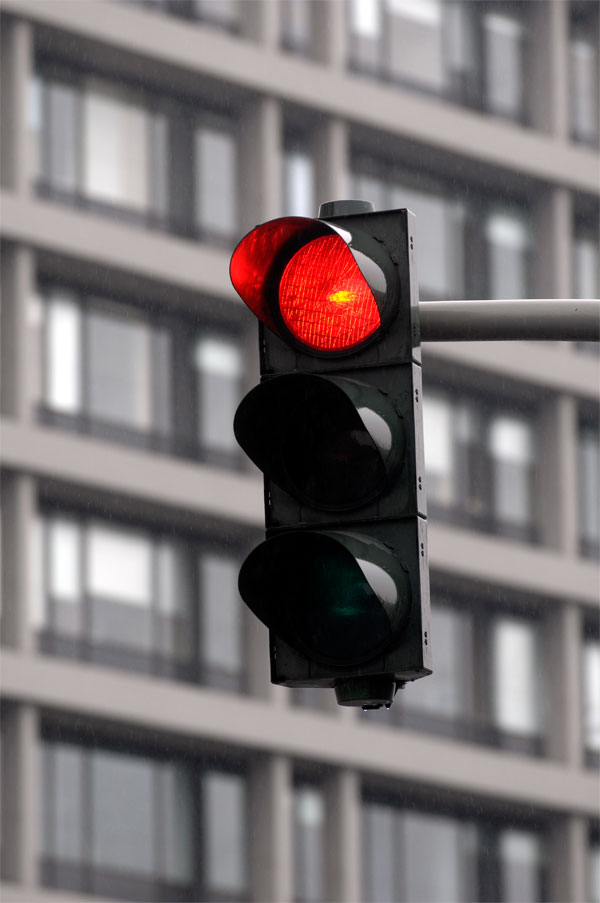I figured you didn't want to try it, so no changes for the DOS hands.
DOS CARDS TOTAL:
IMMANUEL: 7
SHEDERICK: 7
NELS: 7And that brings us to the end of the Head-Start portion of the round, where this is a close competition with Immanuel and Shederick each holding 6 cards while Nels has 8 in their Uno Triple Play hand, and each of you have 7 cards in your DOS hand.
IMMANUEL <-----> SHEDERICK <-----> NELS
340 <-----> 250 <-----> 0000
$6316 <-----> $450 <-----> $0000
And there are the updated totals for our players. Now we're about to get ready to start the main portion of the round, BUT! The turn order is going to be extended a little, and I'm going to show you how the turn goes. However, since this is the first time we're playing UNO Triple Play, let me explain how this game is played before I go to DOS.
To gain a little more perspective in person, here's a video on how it works.
In this game, there are 112 cards in the deck, and we're going to use all 112 of them, and with 20 cards out in the open, there are 92 cards left in the deck.

The game plays like regular UNO, but there are some significant changes in our version, so listen up.
Instead of one discard pile, there are now 3 discard piles, but you may only play on ONE discard that is
lit up and available.
LAST CARD PLAYED (PILE 1): [1]
LAST CARD PLAYED (PILE 2): [2]
LAST CARD PLAYED (PILE 3): [3]
For instance, the first discard pile is lit up, meaning that you can play one card on that pile based on the last card played on that pile, which is a Green 1, meaning that you must play either a 1 or a Green-colored card.
Now, after you play that card on that pile...

...you will then press that red button that is on the top right of your podium, and you will only press it once.
However, if you can't play a card to a discard pile that's lit up, you have to draw a card from the deck, and if you want, you can play that card, but either way, you must press the red button to end your turn for the Uno Triple Play portion.
Once the red button is pressed, the computer will then randomly generate at least one discard pile to play at.
LAST CARD PLAYED (PILE 1): [1]
LAST CARD PLAYED (PILE 2): [2]
LAST CARD PLAYED (PILE 3): [3]
So for example, you now have 2 discard piles available, Piles 1 and 2, but you can only play ONE card on ONE discard pile that's lit up at a time. There will always be at least one discard pile that is lit up and available.

Ah, yes. I almost forgot to tell you about another thing. Each discard pile has a "Stoplight" attached to them, and let me explain how that works.

If the traffic light is
Green, then the discard pile is safe. Nothing to worry about.

However, if the traffic light is
Yellow, then you should feel a little concerned and cautious about that discard pile, because in time...

...yep, you guessed it. The traffic light will soon turn
Red, and that means that the particular discard pile is on the verge of
Overloading. The moment that discard pile is overloaded, you will see this...

...and you will hear this...
(Buzzer)And whoever overloaded that discard pile must draw cards from the deck according to the
Penalty Box shown in the middle.

You may draw as little as 1 card, or you may draw as much as 4 cards.
After the penalty cards have been dealt, Mari will then reset that discard pile and the traffic light will go back to Green.
So that's how Uno Triple Play works, and now, let me tell you about DOS.
Like UNO, in DOS, you have to discard your cards by matching the cards in the center, but here in DOS, you can only match them
by number. The numbers need to be matched first, then only the color is noted. Colors only earn a bonus called a
Color Match Bonus, which I'll explain in a moment.
Let's talk about the deck. Like UNO, there are 108 cards, but this time, the cards consists 96 numbered color cards (Red/Blue/Green/Yellow) and 12 Wild DOS cards. Each color has three cards of the numbers 1, 3, 4, 5, and two cards of the numbers 6, 7, 8, 9, and 10. There are also two Wild # cards for each of the four colors. Notice that there is no number 2 card for each color, but instead, the 2s have been replaced by Wild Dos cards as we will see below.
In DOS, there will be AT LEAST two cards in the play field area, like this:
| [CARD 1] | [CARD 2] | DRAW PILE: 108 |
| [-----] | [-----] | CARDS DISCARDED: 0 |
| [-----] | [-----] | BONUSES: 0 |
Now, a card in your hand that matches the number of a card in the top row can be played onto the card in the middle, or two cards that when added together equal the number of a card in the top row can be played onto that card in the top row. So for example, if there's a Green 7 on the Top Row, you can match it in two ways:
1. Play any color that has a 7
2. Play 2 cards that ADD UP to 7. Simply math! (3 + 4 = 7)
Now keep in mind, that you can only play up to TWO cards for each card on the top row, hence the two blanks further down the column. If there are 4 cards in the Center Row, you can match cards to ALL four of them as long as you have matching cards in your hand, but only a maximum of two per Top Row card.
Once the cards are matched, they will be discarded immediately, and our dealer Mari will then pick the next cards from the top of the Draw Pile to replace the cards that just got matched in the Top Row.
Here in DOS, there are 2 Special Cards, and they are:
First in the middle is the
WILD DOS card. The number 2 cards in DOS are represented by these Wild cards, which can take up any color as the player (whose current turn it is to play) sees fit. If a Wild DOS card is turned up from the Draw pile, the player whose turn it is to play can decide what color it should be. In this round, the producers have determined the number of Wild DOS cards in this round. Tonight, there are
5 Wild DOS cards in the deck out of 12, meaning there are 101 cards total.
The second special card is the
# card. Some say hashtag, others say pound key, and I say the number sign. The Wild # card can represent any number for its own particular color. This can be used to make up any number from 1-10, as the player (whose current turn it is to play) sees fit. If a Wild # card is turned up from the Draw pile, the player whose turn it is to play can decide what number it should be.
In the event that you can have no cards to match, you must draw a card from the Draw pile. If you can match it, you can choose to do so. However, even if you cannot match it, you must still discard a card from your hand by placing it in the Top Row.
So when it's your turn, you MUST go in this order...
TURN ORDER:1. PLAY ONE UNO TRIPLE PLAY CARD ON ANY ONE DISCARD PILE
2. IF NECESSARY, DRAW ONE UNO TRIPLE PLAY CARD
3. PLAY THAT CARD OR PASS
4. PRESS RED BUTTON
5. MATCH TOP ROW DOS CARDS
6. IF NECESSARY, DRAW ONE DOS CARD
7. PLAY THAT CARD OR ADD ONE DOS CARD ON TOP ROW
WARNING! IF YOU ARE SKIPPED OR FORCED TO DRAW CARDS, YOUR TURN ENDS!!!Notice in Red Letters that in UNO Triple Play, if you are the next one in line, and you are Skipped or if you're forced to draw cards, your turn will end right then and there, so there's some strategy for you all to consider.
Now with all of that explained, I have one more question for you all, and this one is for control. Here are the choices...
Cinderella and Ariel
Ariel and Wendy
Sleeping Beauty and Pocahontas
Alice and CinderellaAnd the question is this...
Which of these two Princesses both have three or more costume changes each throughout their movies?Immanuel: 42
Shederick: 50
Nels: 77
Magic #: 16
(Buzz-In!)And Immanuel buzzes in! What's your answer?